High Quality Cumin Seed for Sale
ACPFOOD is where you can buy Cumin seed. Since we purchase high quality products directly from farmers, we provide and sell bulk Cuminum cyminum seeds with the best quality to wholesalers, retailers and manufacturers and you can buy it from us with the best price.
Cuminum Cyminum seed wholesaler, supplier and exporter
To order Cumin, please contact us.
About Cuminum Cyminum
It is a plant of the Apiaceae family, an annual herbaceous plant that grows up to 60 centimeters in height. Its leaves are cut and divided into smaller, pointed, thin and almost needle-shaped parts. The flowers are small, white, or pink, appearing as compound umbels at the end of the flowering stem in May and June. The seeds of this plant are elongated, narrow, small and pale brownish green. Cumin seeds are pointed and grow in pairs. On its surface, there are linear and yellowish longitudinal ridges. They are very fragrant and have a spicy taste. The Cuminum cyminum plant has a cone-shaped and relatively long root.
Cuminum Cyminum Chemical Constituents
α–Pinene (29.2%), limonene (21.7%), 1,8-cineole (18.1%), linalool (10.5%), linalyl acetate (4.8%), and α-terpineole (3.17%) are the major components of the essential oil. Isobutyl isobutyrate, α-Thujene, α-Pinene, Sabinene, Myrcene, p-Cymene, Limonene, 1, 8-Cineole, γ-Terpinene, Terpinolene, Linalool, α -Campholenal, trans-Pinocarveole, δ-Terpineole, Terpinene-4-ol. α-Terpineole, trans-Carveole, cis-Carveole, Geraniol, Linalyl acetate, Methyl geranate, α-Terpinyl acetate, Neryl acetate, Methyl eugenol, β-Caryophyllene, Spathulenol, Humulene epoxide II, Acetocyclohexane dione.
Cumin Temperament
Very hot and dry.
Cumin Health Benefits
- It is a warmer, solvent, desiccant and astringent.
- Soak it in vinegar and then roast it and eat it. Stops diarrhea caused by moisture and phlegm.
- Mix pounded Cumin seed with water and vinegar and eat it. It is useful for treating shortness of breath and cold suffocation. It strengthens the stomach, intestines, liver, stimulation and appetite, relieve bloating, eliminating moist hiccups and acidity of food in the stomach.
- Pound Cuminum cyminum seed softly and mix it with Celery juice and drink it. Removes stomach parasites.
- Tasting its brewed tea is useful for relieving toothache.
- To treat exfoliate skin around nails, pulverize it with salt and poultice it and keep the hands oily constantly, especially at nights.
- Draw Cumin seed’s juice with honey to the eyes. It relieves itching of the eyes, and if the itching is due to heat, mix its extract with egg white and drop in the eyes.
- Soak it in vinegar and when the nose bleeds, drop it in the nose and inhale. Stops bleeding.
Cumin Side Effects
Harmful to the lungs.

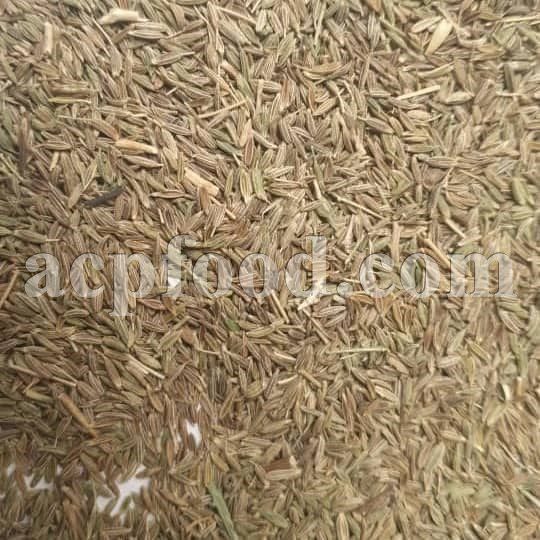
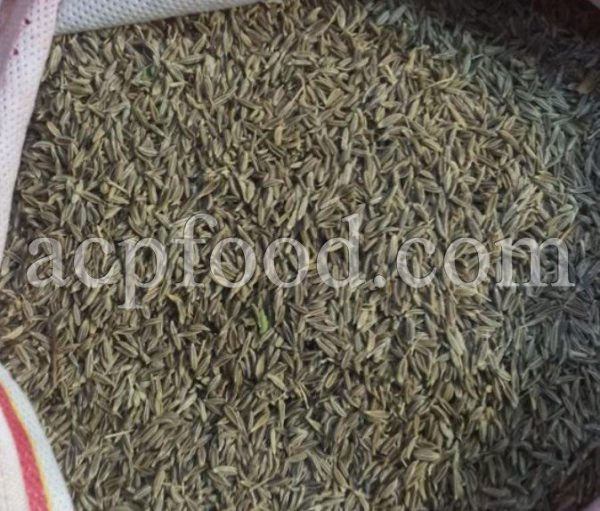
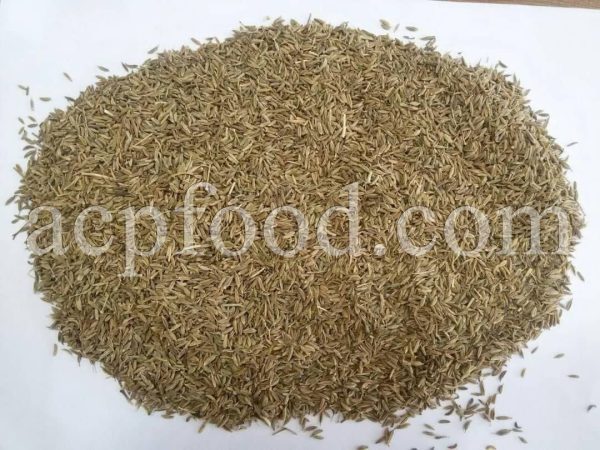
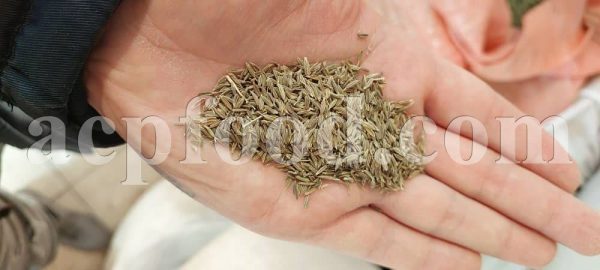
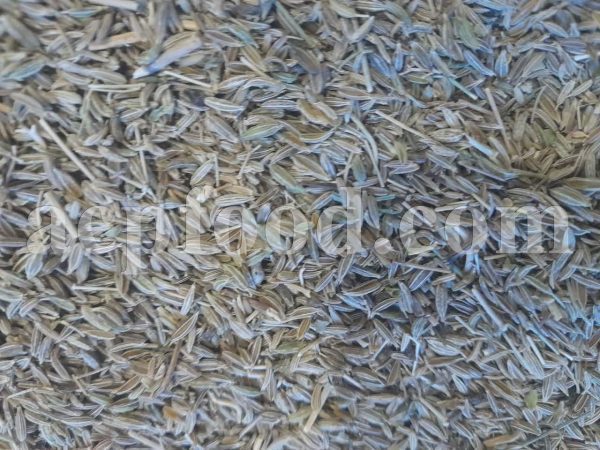
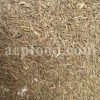
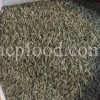
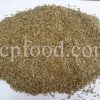
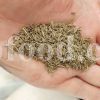

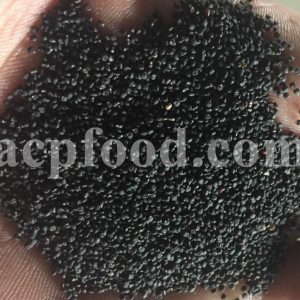
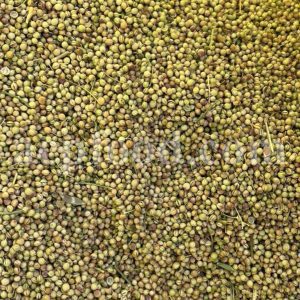
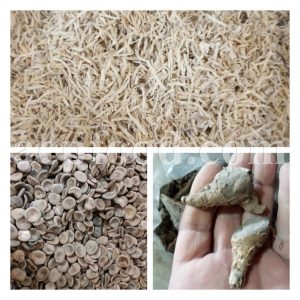
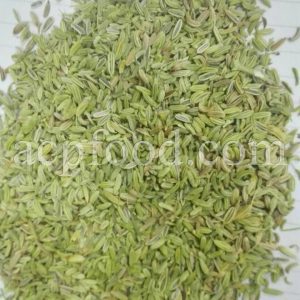
Reviews
There are no reviews yet.